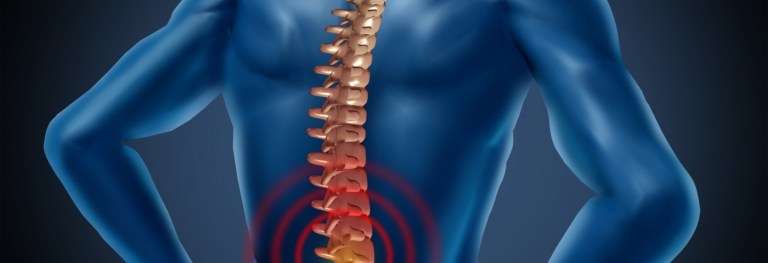Recently, one of our Facebook followers asked why pain from fibromyalgia would disappear while in the water. She simply went swimming in a lake and noticed that her pain was gone while she was in the water. A commenter replied that she swims once per week in cold water and that relieves her fibro pain as well. Let’s assess these scenarios: the first woman was likely swimming in a relatively warm lake for pleasure. The second appears to swim regularly, probably in laps, in cold water. Yet, both women experience pain relief. Whether the first woman experienced diminished pain even after she got out of the water is unclear. Nevertheless, these are definitely noteworthy situations because it means that there is something about being in water that helps with fibromyalgia pain and likely other kinds of pain as well. Let’s try to figure out why.
Aquatic Therapy
THE RESEARCH
Experts do recommend water exercise–aquatic therapy–to help deep muscle pain specifically associated with fibromyalgia. In fact, one 12-week study of fibro patients “who exercised in warm water — for 60 minutes, 3 times a week — reported improved physical and mental well-being. They also had less fibromyalgia pain and more vitality. As for their state of mind, they reported feeling less depressed, and more sociable.” That’s pretty impressive, but what if you would rather just kind of do your own thing in the water?
Well, another study looked at 75 sedentary women with fibromyalgia, their ages ranging from 18-60. “They were divided randomly into two groups: 39 practiced freestyle swimming and 36 undertook moderate open-air walking. Both groups underwent the training three times a week for 12 weeks. The 50-minute sessions were overseen by physical education professionals specializing in rheumatology.” The results? Both groups saw significant increases in social ability and mental health. This alone is remarkable considering the depression that comes with the toll that fibromyalgia pain and fatigue take on your social life, as well as mental and emotional states. Furthermore, both groups also so significant decreases in overall pain levels.
WHY DOES WATER RELIEVE PAIN?
When you’re hurting, whether you have fibro or not, warm water can be a good source of comfort and healing. Just think of how rehabilitating a hot bath can be. But when you’re moving around in a warm water source such as a pool or lake, it still counts as exercise. Why? Because you are forced to use your muscles. And that causes blood to flow into them.
Director of Pain Management at the University of Pittsburgh Medical Center, Dr. Doris Cope, explains: “People tense their muscles, and probably don’t even realize they’re doing it. That reduces blood flow to the muscles, which causes pain….Running, walking, and having sex with your husband — increase your pulse rate so you’re getting more blood to the muscles. That will reduce pain in muscles. The worst thing [for pain] is to lie there because then it will only hurt more.”

If you have fibromyalgia, it is true that any of these activities can be painful, especially during a flare-up. But the great thing about water is that you are close to weightless when you’re in it. That means that all the pressure that gravity puts on your bones and joints essentially disappears in the water. This makes it much easier to move around. In other words, besides the convenience of walking, swimming is about the easiest form of exercise a fibro patient can tackle.
HOW DO I GET STARTED?
This really depends on what you have access to and whatever you feel you can handle. For example, you may want to conduct an internet search for “aquatic therapy near me.” This option is specifically for physical therapy and may be a perfect fit for you. This option gives you a trained physical therapist who will guide you through a process to improve your symptoms. Alternatively, you may wish to consider local community centers with pools or even your local YMCA. These often have therapeutic water classes. For example, a community pool near me offers scheduled lap swimming, shallow water exercises, “gentle joints,” deep water exercise, toning, and individual rehabilitation. Of course, most pools also offer an open swimming time for anyone to get in the water and do whatever they’d like.
If you need something structured, you would do well to find a class. If you prefer doing your own thing, that appears to work as well. You might need to experiment with different options, including comparing cool water and warm water.
Have you ever tried water activity to relieve your fibromyalgia pain? Did you discover it accidentally or did you set out with the intent of getting some pain relief? Have you had aquatic therapy sessions with a therapist? Tell us your results and any details you can think of so others can learn about different options.

